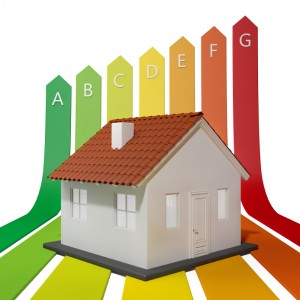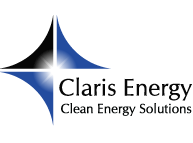 Interested in tax reduction opportunities? Energy efficient home improvements are still a great way to save money and reduce your tax amount. You can execute a vast range of residential projects that will qualify you for an energy efficient home credit.
Interested in tax reduction opportunities? Energy efficient home improvements are still a great way to save money and reduce your tax amount. You can execute a vast range of residential projects that will qualify you for an energy efficient home credit.
How does the Residential Energy Efficient Property Credit Work?
An energy efficient home credit will be provided for improvements completed during the past year. The term of the program is until December 31, 2016.
The residential energy efficient property credit will cover 30 percent of the cost of qualifying energy equipment. This equipment could have been installed on a property that you currently live in or on a vacation home. The same rule applies to new residential projects.
The amount of credit is unlimited for most kinds of residential property. Credit that exceeds the sum owed in taxes can be transferred to the coming year. It’s yet to be seen whether the rule will remain valid after the end of 2016.
Qualifying Projects
You can execute several different residential property improvements in order to qualify for an energy efficient home credit.
The project varieties that you can consider executing include:
- Geothermal heat pumps
- Solar water heating systems or solar electricity production
- Small wind turbine systems
- Fuel cell systems
Only fuel cells need to be installed in the primary residence to qualify for an energy efficient home credit. All other projects can be executed on the primary residence, a vacation property or a second home.
More information about the requirements for each product and the qualification criteria is available at the Energy Star Website.
Alternatives
In the past, homeowners had an alternative option in terms of claiming an energy efficient home credit. The option was called the Nonbusiness Energy Property Credit but it expired in the end of 2013.
This program applies to all home improvements executed in 2013 and the prior years. It provided tax credit of up to 10 percent of the price of all qualifying products. This type of credit came with a 500-dollar limit for all kinds of energy efficient home improvements.
In order to qualify for this expired opportunity, you must have purchased and installed energy efficient equipment on your residential property in 2013 or the years before. The program applied solely to existing homes rather than new constructions.
This program included home improvements like:
- Biomass stoves
- Central air conditioning systems
- Gas, propane or oil hot water boilers and furnaces
- Energy-efficient door and window installation
- Energy-efficient skylights
- Insulation
- Energy-efficient roofing installation
Going for energy efficient home improvements will deliver a quick return on investment because of the saving on utility bills you’re going to achieve and the available financial stimuli. Though several programs have already expired, you still have possibilities for tax reduction through residential property improvements. Think about the most practical energy efficient project before getting started and do your calculations in advance. Preliminary research will enable you to save a lot of money in the long run and it will also lead to lucrative tax reductions.
Steve Nanos
Latest posts by Steve Nanos (see all)
- LED Lighting – A Great EPAct 179D Qualification Possibility - February 3, 2015
- 45L Credit Requirements for Begun Constructions - January 29, 2015
- Can Section 179D Incentives Help Businesses Save a Lot of Money? - January 27, 2015

 609.275.8484
609.275.8484